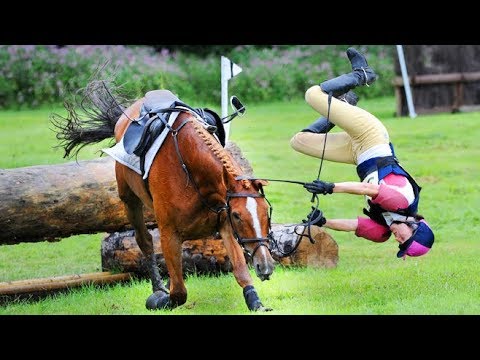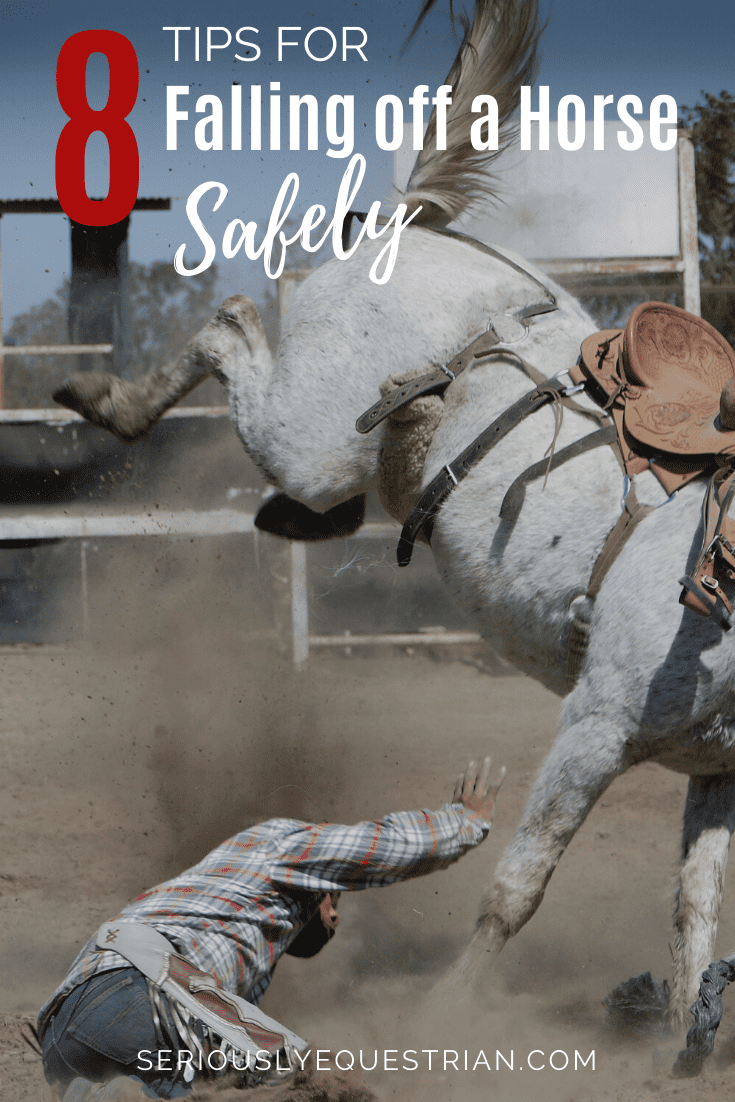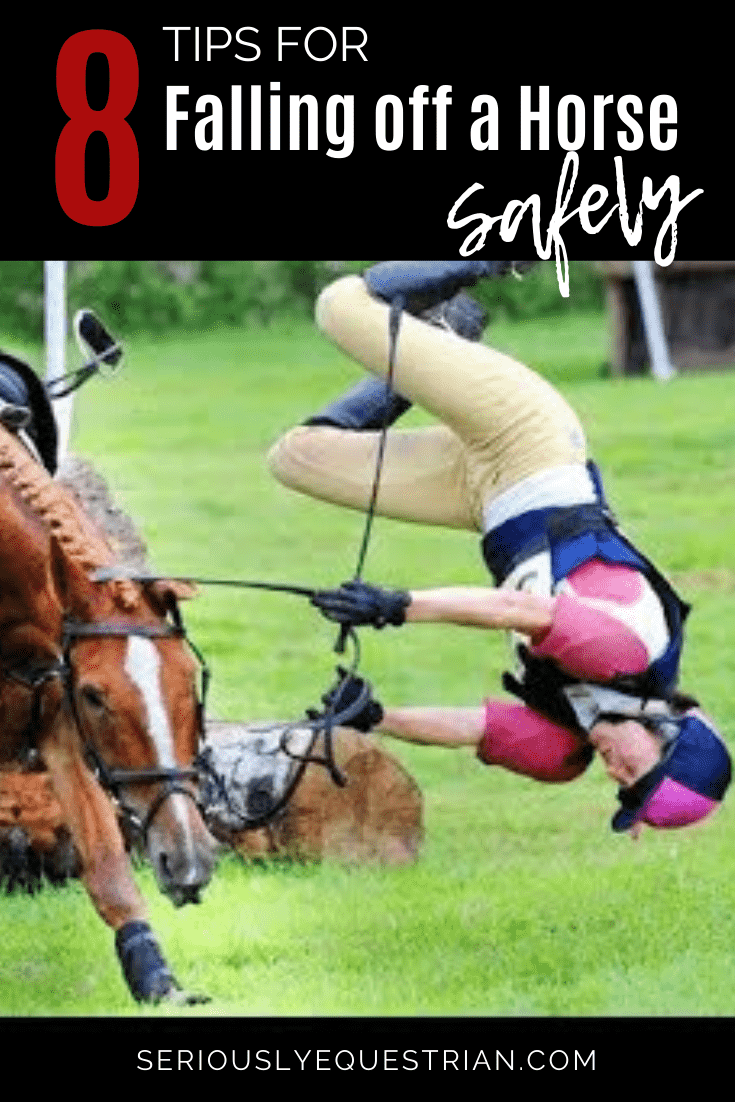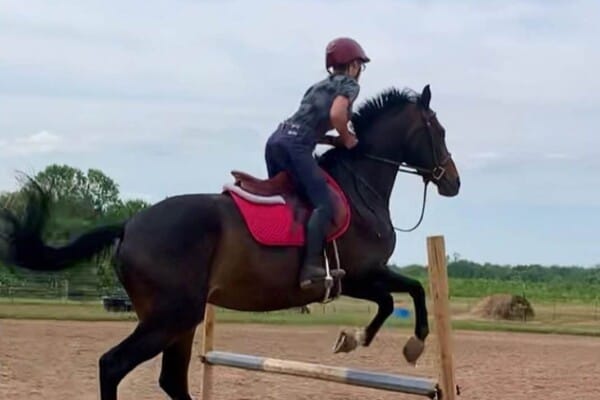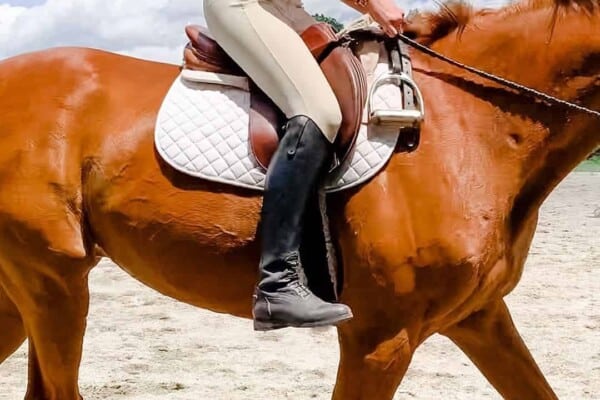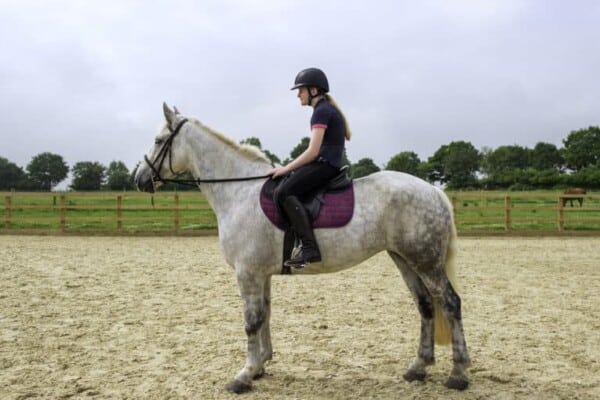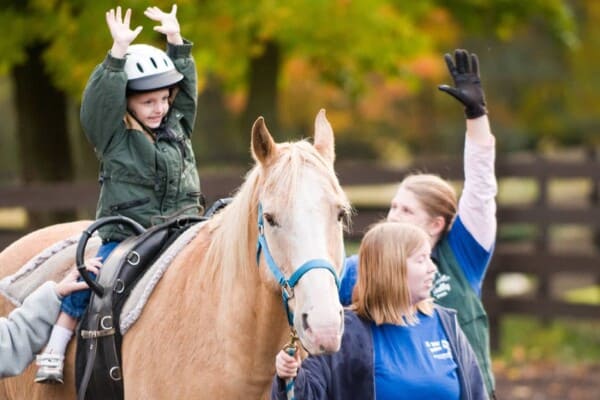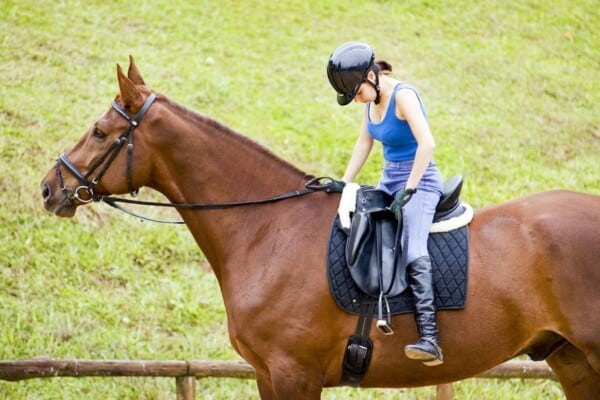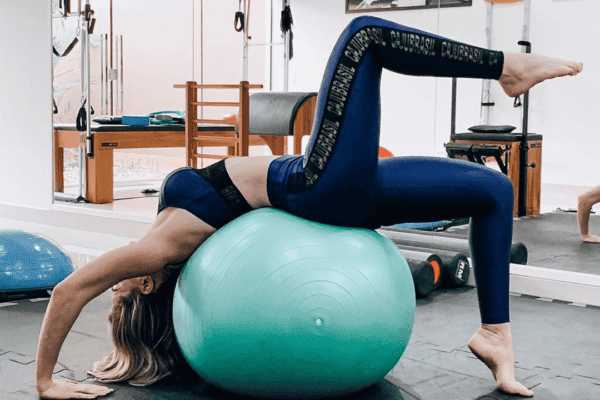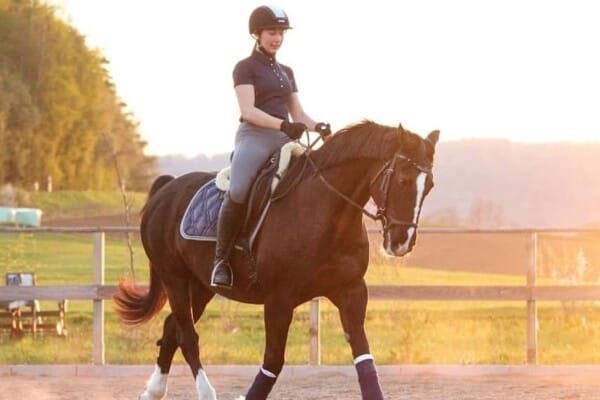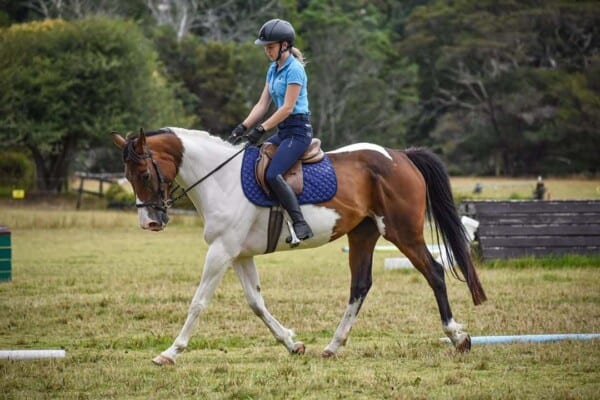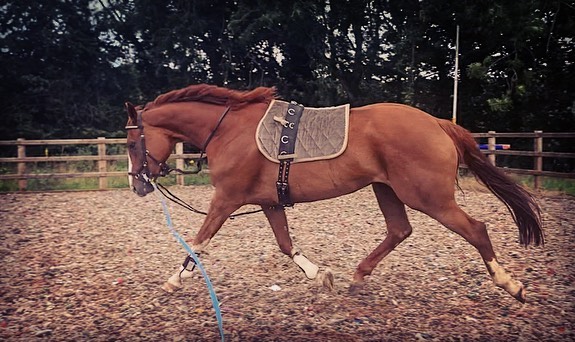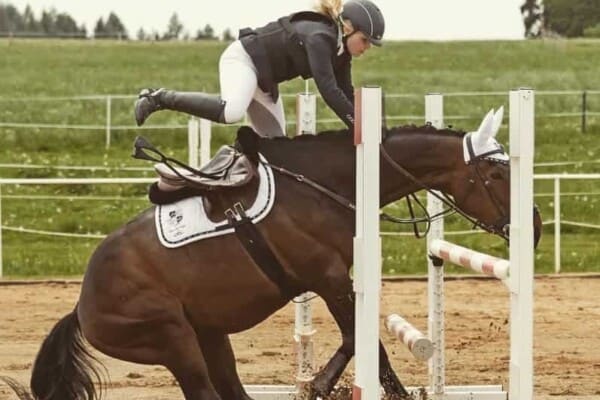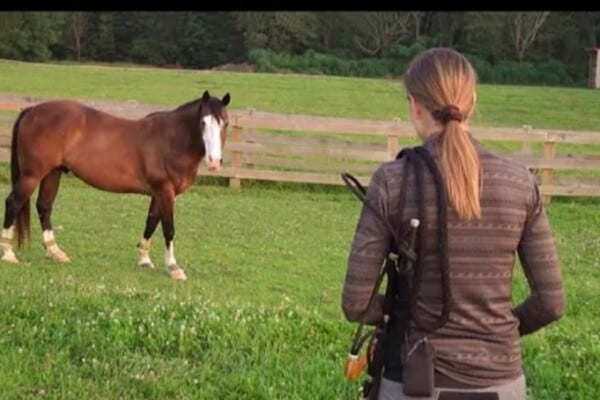There is a well known saying that maintains you have to fall off a horse so many times to be a good rider.
It is definitely accepted that if you really want to challenge yourself or just ride a real horse, from time to time you will fall off. This is not necessarily a reflection on skill. Professional riders also fall off quite a bit. Possibly, its because they are riding more difficult horses and doing more complicated things but anyone can make an error however competent they are. And, as we all know, horses can be horses so even the quietest and most reliable mount can one day take fright at something they have walked past for years.
Here are some of our top tips to keep you safe if you do part company from your mount.
- Make sure equipment fits: Make sure you always wear safety equipment that it is up to date and fits correctly. At a minimum you should be wearing a hard hat. Hats that have already been involved in a fall should be discarded as per the manufacturer’s recommended guidelines and replaced. Hats have to conform to safety standards so make sure yours is compliant. Always wear a boot with a smooth sole, never ridged, and a small heel to stop your foot sliding right through the stirrup iron and becoming caught.
- Kick feet from Stirrups: There are different types of falls. Sometimes it’s a slam dunk and you are on the floor before you know it, other times there are a few seconds warning when your brain can register what is going to happen. If you think you are going to fall, kick your feet free from the stirrups. If you have lost one stirrup, it can be very unbalancing and you may even find it easier to stick on without both stirrups.
- Let go of the reins: This is really important in a fall at speed as you risk being dragged and exposing yourself to the chance of serious injury. In a fall where the horse has perhaps bucked and come to a halt, it is less important. You may hear people shouting at you to let go of the reins – the human brain is slow to register what is going on in comparison to how quickly the horse can move
- Don’t stretch out arms: Don’t extend your arms out to break your fall. This instinctive reaction that can result in a broken wrist or a fractured collarbone.
- Roll into a Ball: This will protect your limbs and the fragile parts of your body, the horse is unlikely to tread on you but if you are in a group with other horses such as hacking, hunting or racing, it can protect you from the hooves of others.
- Landing: Try to land on the bottom side of your shoulder blade if at all possible, this takes the impact away from the fragile neck and spine.
- Remain motionless: You should try to remain motionless unless you are in imminent danger from a loose horse. If you are not an experienced rider, you may not be familiar with how injuries can present and because of adrenaline, may not yet be feeling any pain. If you feel okay, move very slowly, turning round onto your knees and taking time to get to your feet.
- Get to a Doctor: Any head injury will mean a trip to a hospital even if you don’t remember banging your head or it doesn’t seem serious. All equipment both horse and rider should be checked over and replaced if damaged. It is important to get straight back on the horse but only if that is possible and safe. Don’t risk another accident because you are too sore or too injured to ride or if the horse is still unsettled and likely to repeat his acrobatics.
Many riders fear falling off for the first time and its almost a relief when it happens. Make sure you are not riding horses that are too challenging for your current ability as frequent falls will really dent your confidence.
Ensure you are fit for the job of riding, it is a very demanding activity even though it may seem to the untrained eye that you just sit there. Fitter, more flexible riders are less likely to injure themselves when they fall.
Don’t forget on the ground safety too. More accidents happen on the ground statistically then when riding, possibly a reflection of how much time is spent caring for horses as opposed to actually riding them. Lunging, loading and clipping are three situations where safety equipment should be worn particularly if you are handling an unknown or a temperamental horse. A well-directed kick can have serious consequences sometimes a greater impact than a fall from height onto a soft surface.

